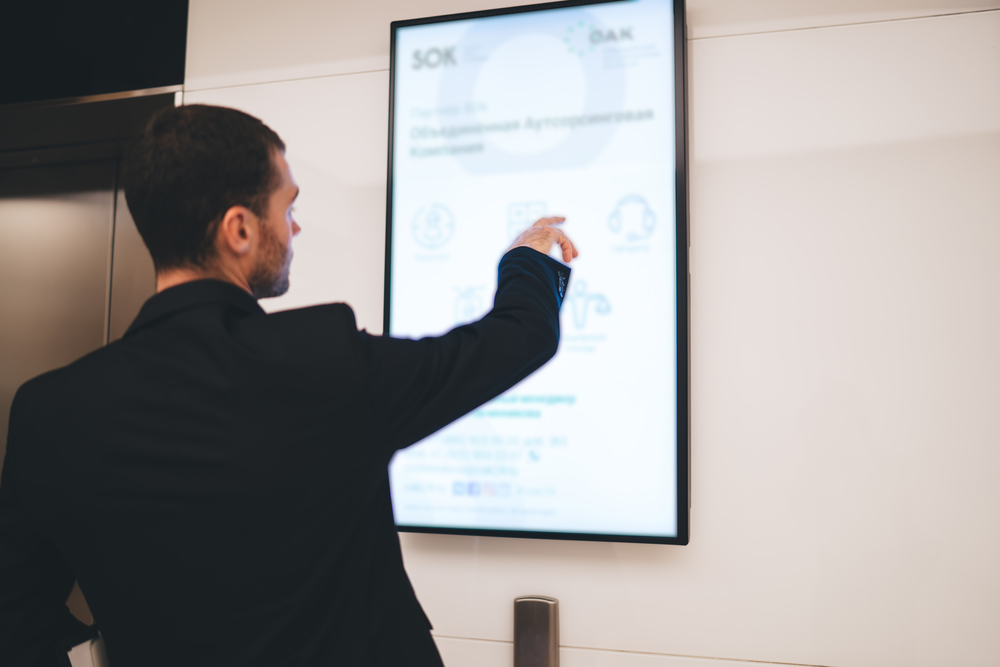How Trial Presentations Are Vital for Effective Cross-Examination in Court
How Trial Presentations Are Vital for Effective Cross-Examination in Court
Blog Article
Why Strong Trial Presentations Are Key to Legal Success
The importance of strong trial presentations can not be overstated in the realm of legal practice. These presentations act as the primary vehicle for conveying arguments and evidence, basically forming juror assumptions and affecting their decision-making procedures. A well-crafted story, improved by calculated visual aids and emotional engagement, cultivates an extensive link with jurors, eventually impacting their understanding of the case. The subtleties of successfully adapting these discussions to varied juror backgrounds introduce intricacies that merit further expedition, especially in the context of achieving favorable end results in trials.
Importance of Efficient Communication
Efficient interaction is extremely important in a legal setting, as it acts as the avenue through which arguments, proof, and lawful concepts are conveyed to judges and juries. trial presentations. Clear expression of realities and legal precedents enables for a convincing discussion that can significantly influence the decision-making process.
Additionally, reliable interaction fosters rapport and depend on in between lawyers and their customers, improving collaboration and making sure that all events are lined up in their goals. It also plays an important role in jury selection and interaction, where the capability to get in touch with jurors can influence their receptiveness to the instance. Additionally, non-verbal communication, such as body language and eye contact, adds to the overall impression an attorney makes, reinforcing verbal messages.
Ultimately, mastering effective communication can lead to a more engaging and systematic discussion, raising the chance of a desirable judgment. Therefore, attorneys need to prioritize honing their communication abilities as a keystone of their test preparation and strategy.

Crafting an Engaging Narrative
Effective communication prepares for crafting an engaging story in lawful tests. A well-structured story not only engages the jury but likewise clears up intricate lawful concerns. The objective is to offer the facts in a manner that reverberates psychologically and practically with the target market, permitting them to understand the case from the client's perspective.
To achieve this, attorneys should identify the central theme or message of the case, which works as the foundation of the story. Each item of proof and witness statement must be woven into this style, strengthening it instead of interfering with it. This produces a cohesive story that is very easy for the court to follow.
Furthermore, the use of relatable personalities-- be it the plaintiff, accused, or essential witnesses-- can humanize the situation, making it a lot more memorable. Lawyers must additionally take into consideration the pacing of their story, guaranteeing that crucial minutes are highlighted which the story unfolds in a logical development.
Inevitably, a compelling narrative transforms the discussion of truths right into an influential debate, guiding the jury toward a beneficial conclusion while making certain that the intricacies of the Web Site legal system stay easily accessible and understandable.
Utilizing Aesthetic Aids
Aesthetic help play a vital role in boosting the understanding and retention of details throughout legal tests. By offering intricate information and arguments aesthetically, attorneys can streamline detailed details, making them a lot more easily accessible to jurors. Charts, charts, and pictures can effectively highlight essential factors, making it possible for jurors to realize important realities promptly.
Utilizing aesthetic aids not only aids in quality but additionally engages the audience's focus. Jurors are more probable to keep in mind information offered visually than through verbal descriptions alone. For example, showing timelines through aesthetic representations can clarify the sequence of occasions, helping jurors comprehend the context of the instance.
In addition, aesthetic aids can help to highlight variations forthcoming, making them much more noticable. When made use of strategically, they can underscore the strength of the disagreement or reveal weak points in the opposing side's case. trial presentations. Using innovation, such as interactive presentations or animations, can additionally boost interaction and understanding
Engaging the Court Emotionally
Usually, effective test presentations require more than simply logical debates and accurate evidence; they must also reverberate on a psychological level with jurors. Engaging the jury psychologically can significantly influence their assumption find out of the instance and their ultimate judgment. By crafting a narrative that humanizes the parties included, attorneys can produce a psychological connection that urges jurors to feel sorry for the customers' experiences.
To attain this, lawyers need view to concentrate on narration strategies that highlight the personal risks and real-life ramifications of the instance. This may entail sharing emotional anecdotes or utilizing effective visuals that stimulate feelings of concern, anger, or unhappiness. Such elements can aid jurors see beyond the lawful intricacies and recognize the human measurements of the scenario.
Additionally, the usage of tone, body language, and eye get in touch with throughout the presentation can further boost emotional interaction. A lawyer's authenticity and enthusiasm can reverberate with jurors, making them extra responsive to the debates existing. Ultimately, when jurors feel mentally invested in a situation, they are more probable to remember the essential messages and provide a favorable verdict. Hence, emotional engagement is a critical part of an engaging test discussion.
Adapting to Target Market Expectations
Understanding the expectations of the jury is important for an effective trial presentation. Jurors featured presumptions influenced by individual experiences and social stories, which can significantly impact their decision-making. Customizing your discussion to align with these assumptions can enhance your influential power.

Moreover, developing trustworthiness is extremely important. Jurors expect lawyers to present proof and arguments that are not just compelling however also ethically appear - trial presentations. This includes being clear about the staminas and weak points of your situation, which promotes trust fund and regard
Finally, anticipate jurors' inquiries and worries. Dealing with possible questions proactively demonstrates an understanding of their viewpoint and a dedication to quality. By adapting your presentation to fulfill audience expectations, you produce a more compelling narrative, ultimately enhancing the opportunities of a beneficial judgment.

Conclusion
Finally, solid test discussions are vital to achieving lawful success. Efficient interaction, an engaging story, tactical usage of aesthetic help, psychological engagement with the court, and adaptation to audience assumptions jointly improve juror understanding and retention of essential info. These aspects not only establish the trustworthiness of today celebration however also considerably influence juror assumptions and decision-making. As a result, mastering the art of trial discussion is essential for legal practitioners intending to protect desirable results.
Report this page